 |
 |
 |
 |
 |
|
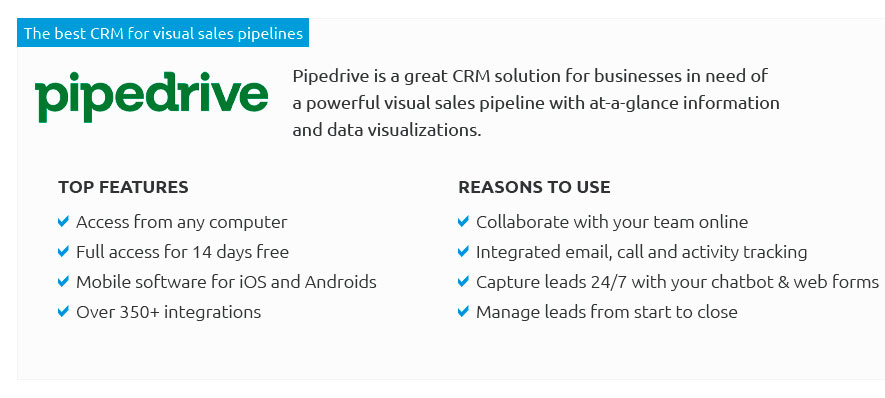 |
|
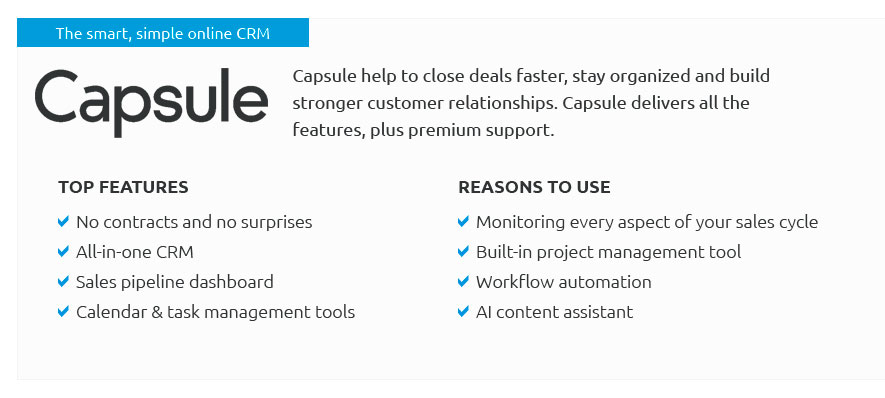 |
|
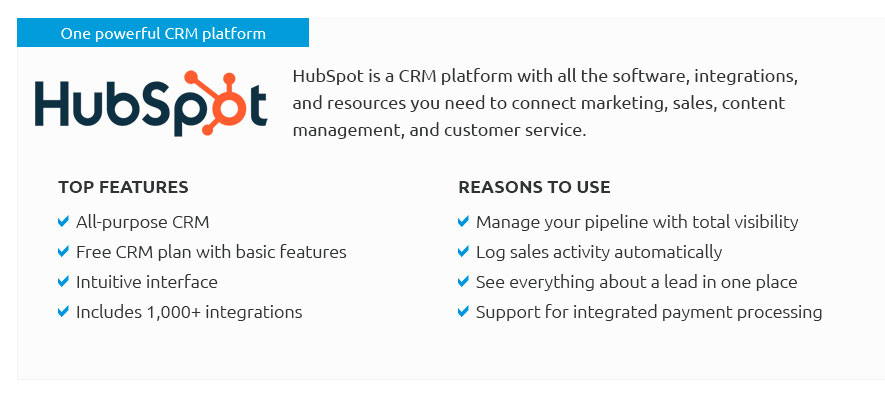 |
|
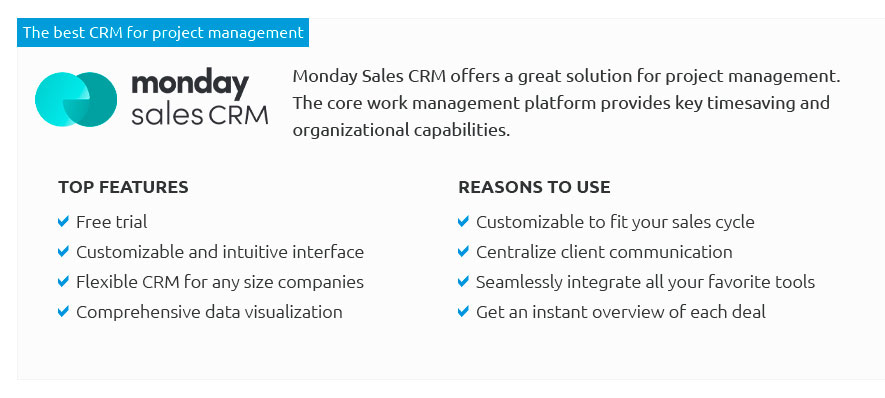 |
|
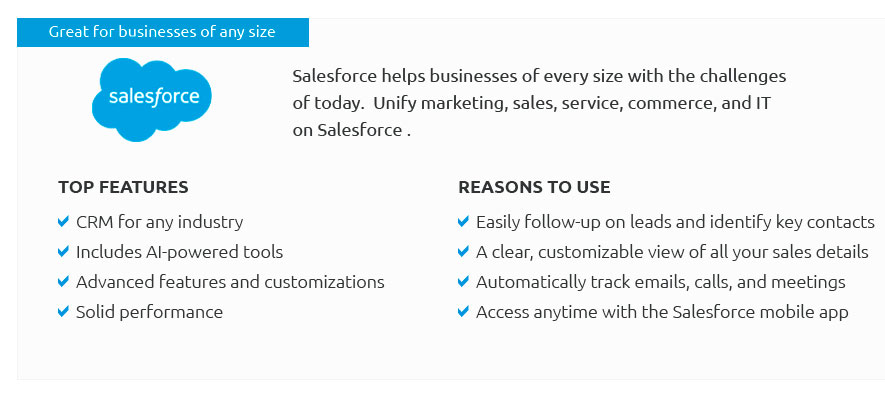 |
|
 |
 |
|
kd58f1h95 Unlock the future of customer relationships with our definitive CRM Software Review, where we dive deep into the best CRM platforms that are revolutionizing the business landscape; imagine a world where your business dashboard becomes the ultimate command center, offering real-time insights and empowering you to forge stronger connections with clients, streamline operations, and drive unprecedented growth-no more guesswork, just powerful, actionable intelligence at your fingertips, ensuring your business not only survives but thrives in a competitive world.
https://public.tableau.com/app/discover/business-dashboards
Business Dashboards. See how to track KPIs and inspire data-informed business decisions. Workbook thumbnail - Help Desk Dashboard #RWFD - Sadia Ahmed. 90 4,381. https://www.geckoboard.com/dashboard-examples/
KPI dashboards surface the metrics that matter, helping you to make better, faster business decisions. Take a look at our library of dashboard examples. https://www.thoughtspot.com/data-trends/dashboard/business-dashboard
Businesses need timely and relevant information to respond to changing market conditions. Instead of churning out static reports, business ...
|